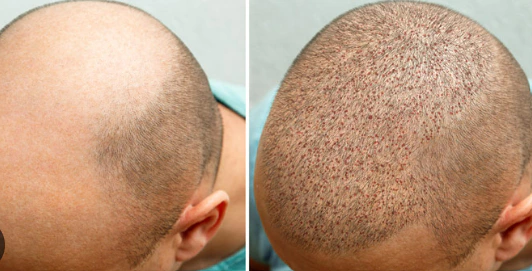Understanding the hair transplant techniques for your hair will be the crucial step before starting your treatment process. Hair transplant is a surgical procedure that involves moving hair follicles from one part of the body (usually the donor site, often the back or sides of the scalp) to a bald or balding part of the body (the recipient site, typically the top or front of the scalp). There are several hair transplant techniques, each with its own advantages and considerations. Here are three main types:
First of all, Direct Hair Implantation in Turkey is a variation of FUE where the extracted follicular units are implanted directly into the recipient area using a special tool called a Choi implanter pen. This allows for more precise control over the depth and angle of implantation.
Advantages of DHI:
• Minimizes the time that grafts are outside the body, potentially improving their survival rate.
• No need to create incisions in the recipient area beforehand.
Secondly, Follicular Unit Transplantation is also known as the strip method, FUT involves removing a strip of skin from the donor area, usually the back of the scalp, and dissecting it into individual follicular units under a microscope. These follicular units, containing 1 to 4 hairs, are then transplanted into the recipient site.
Advantages of FUT:
• Can yield a large number of grafts in a single session.
• The recovery time can be quicker compared to some other methods.
Finally, Follicular Unit Extraction in Turkey is the last method of hair transplant alternatives. FUE involves extracting individual follicular units directly from the donor area using a small, circular punch. The extracted follicles are then transplanted into the recipient site.
Advantages of FUE:
• No linear scar is created; instead, small, dot-like scars are scattered in the donor area.
• Suitable for patients who prefer shorter haircuts.
Choosing the right technique depends on various factors, including the patient’s specific hair loss pattern, the desired outcome, and individual preferences. It’s crucial to consult with a qualified and experienced hair transplant surgeon who can assess your situation and recommend the most suitable approach for your needs. Additionally, advancements in technology and techniques continue to evolve, so staying informed about the latest developments in the field is beneficial. Please check out the special hair transplant solutions of our contracted health providers to find the best alternative for your hair loss.


